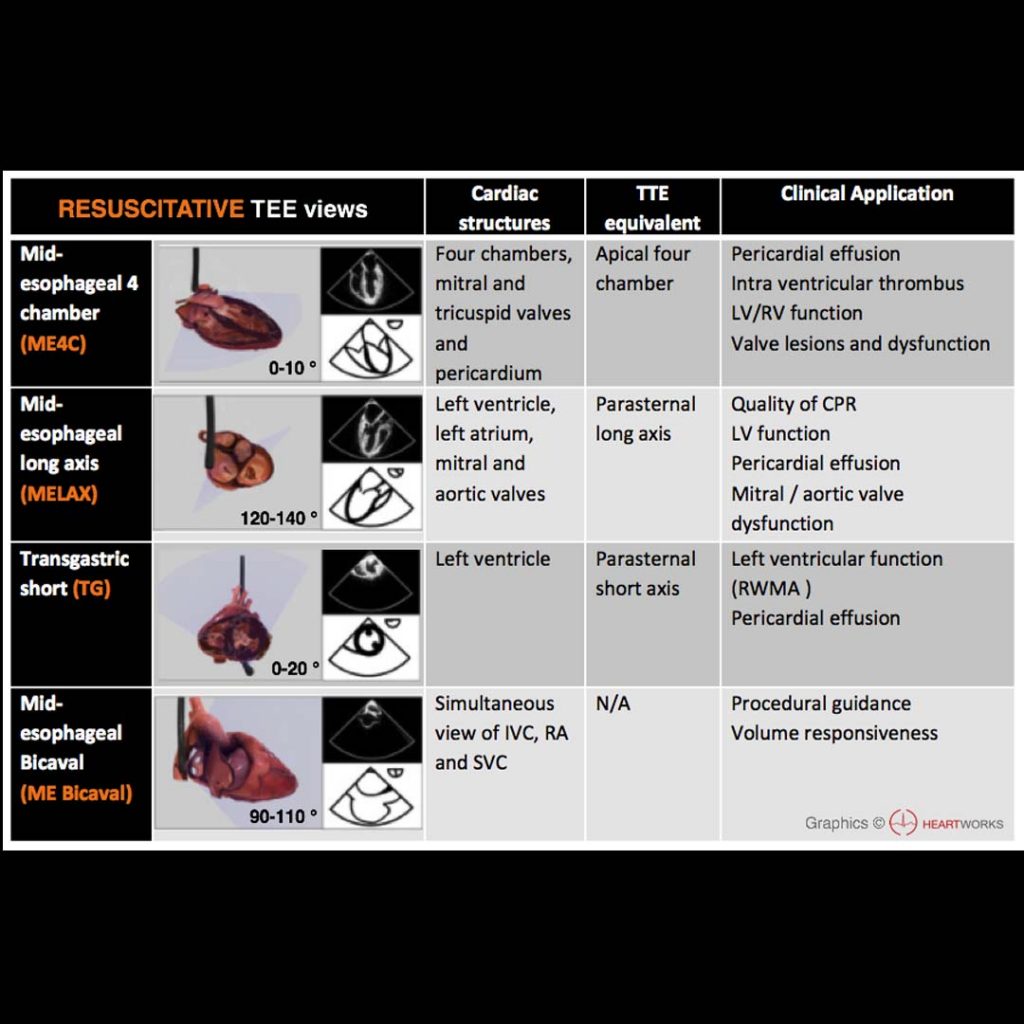Podcast: Play in new window | Download
Subscribe: Apple Podcasts | Spotify | Android | Pandora | iHeartRadio | TuneIn | RSS
A look at rehabilitation and mobility in the critically ill, from the perspective of our skilled therapists—with Heidi Engel, PT, DPT of UC San Francisco, long-term provider of acute care therapy, researcher in ICU rehabilitation, and founding member of the SCCM’s ICU Liberation program.
Takeaway lessons
- Tolerance of pressure support ventilation is often a good marker that a patient is ready to start meaningful PT. Before that, the harm may exceed the benefit, unless there’s a specific reason why activity may help move them along, such as attenuating delirium and agitation and improving tolerance of the ET tube.
- The most common complaints and stressors of ICU patients are: feeling thirsty, feeling traumatized and afraid, the inability to communicate, and feeling “air hungry” due to the strange mechanics of mechanical ventilation and other respiratory modalities.
- In many cases, rehab will require convincing patients to get over an initial hump. Breathing, strength, and discomfort may initially be a challenge but will improve with activity.
- You may need to choose priorities: do you want to push vent liberation or mobility today?
- Bring the light during daytime hours to improve the circadian rhythm, but direct fluorescent lights are harsh and can encourage closed eyes. Natural, indirect light is better.
- Although PT and OT have complementary roles, they will sometimes try to see patients together, which can have downsides by underemphasizing the unique aspects of each role, reducing total rehab time, and relegating one skilled therapist to acting as merely a set of hands.
- The presence of any sedation, even “gentle” agents like precedex, creates an obstacle to effective PT.
- Getting patients up to a chair helps with agorophobia by changing their perspective from their tiny bed-shaped home.
- Heidi’s rehab process
- Check the RASS and CAM-ICU scores
- Explain to patient the importance of the endotracheal tube and not touching it. Bring all equipment to the side of the bed with the ventilator.
- Perform some gastroc/hamstring stretching to initiate mobility and help wake the patient up
- Ask them to follow commands, such as: push! Can they follow? Do the vent and vitals remain okay?
- Sit them up at edge of bed, arrange equipment. Observe head control, trunk control, breathing, vitals, orthostasis, etc.
- bring a big mobility device, see if they can stand.
- While they’re up, use the opportunity to clean the linen, wash their face, comb their hair, clean their posterior.
- COVID is making it harder, often just for practical reasons: PPE limiting mobility, noise from filters and masks, families not present, weird autonomic and orthostatic issues… all far more time consuming. However, they do get better and many times do very well, sometimes even recovering faster than similar non-COVID patients. Omicron has not been as bad.
- Dedicated therapy teams for the ICU add cost, but cost analyses have shown the benefit (in terms of reducing length of stay and other expenses) to actually result in net cost savings.
- In-bed, non-weight-bearing activities such as passive range of movement exercise is perhaps better than nothing, but is nowhere near as useful as weightbearing activity out of bed, and has not shown the same clinical benefits in the literature. Every day of out-of-bed activity may pay back several fewer days of rehab down the road.




